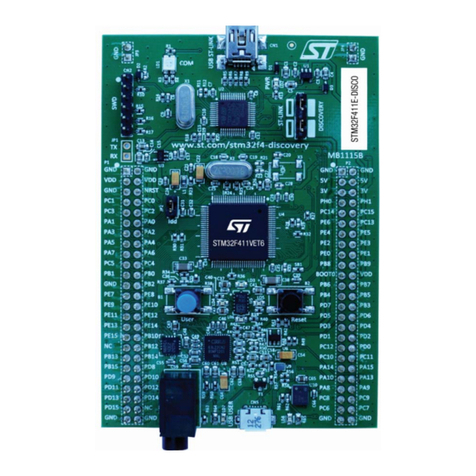ST UM0575 User manual
Other ST Computer Hardware manuals
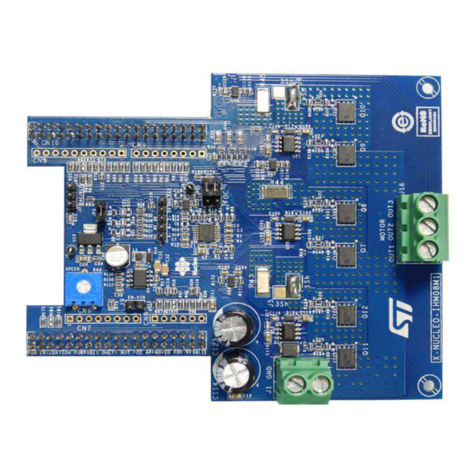
ST
ST X-NUCLEO-IHM08M1 User manual
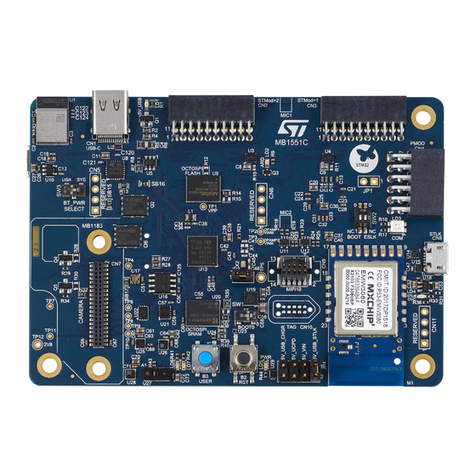
ST
ST STM32U575 Series Installation and operating instructions
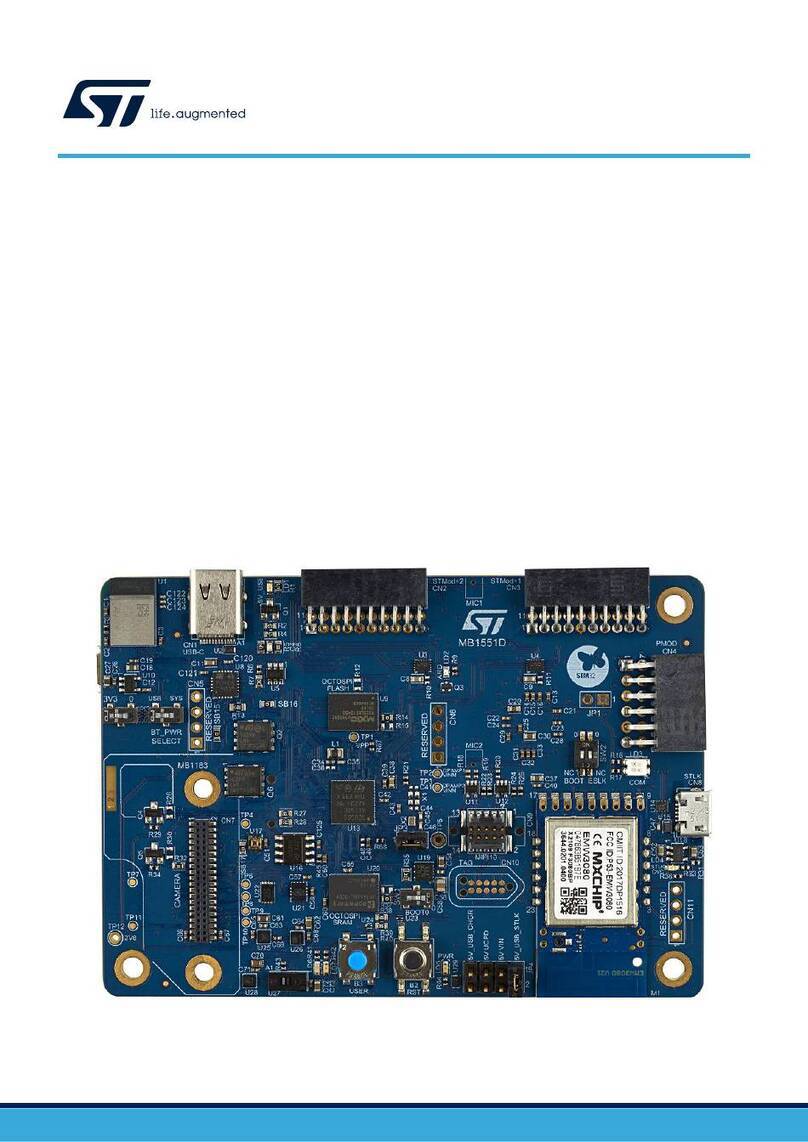
ST
ST B-U585I-IOT02A User manual
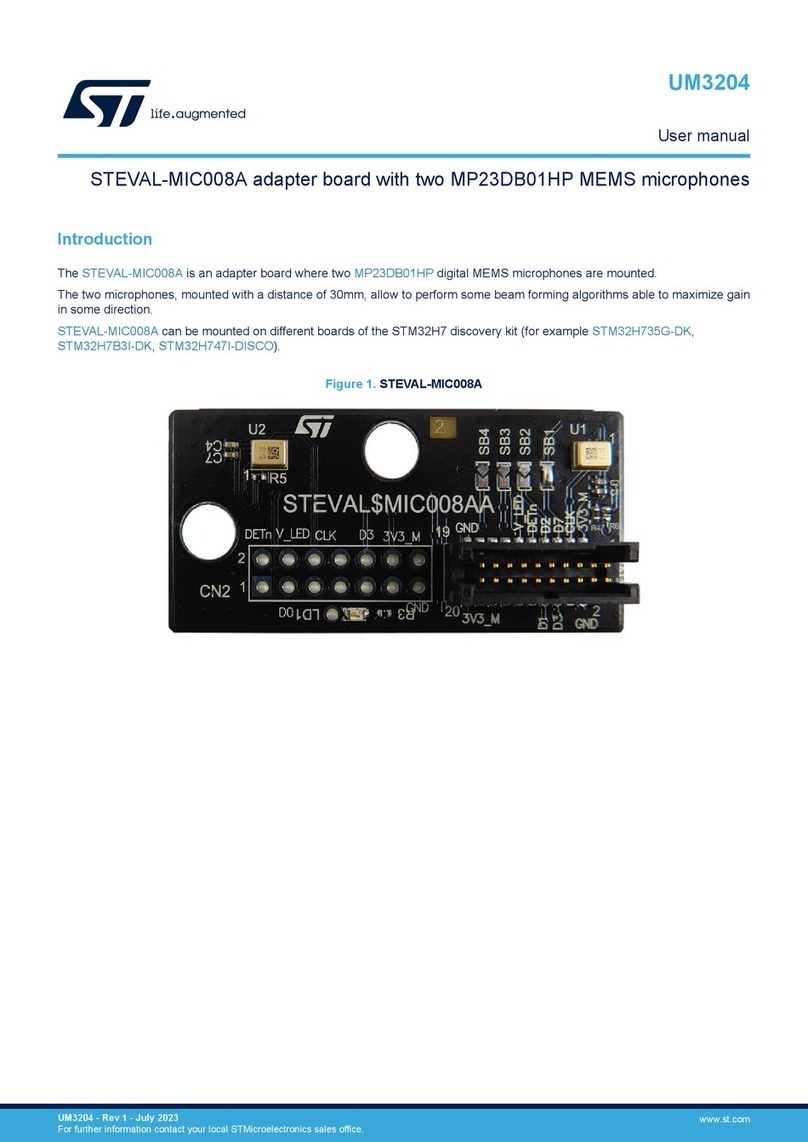
ST
ST STEVAL-MIC008A User manual

ST
ST STMPE2401 User manual
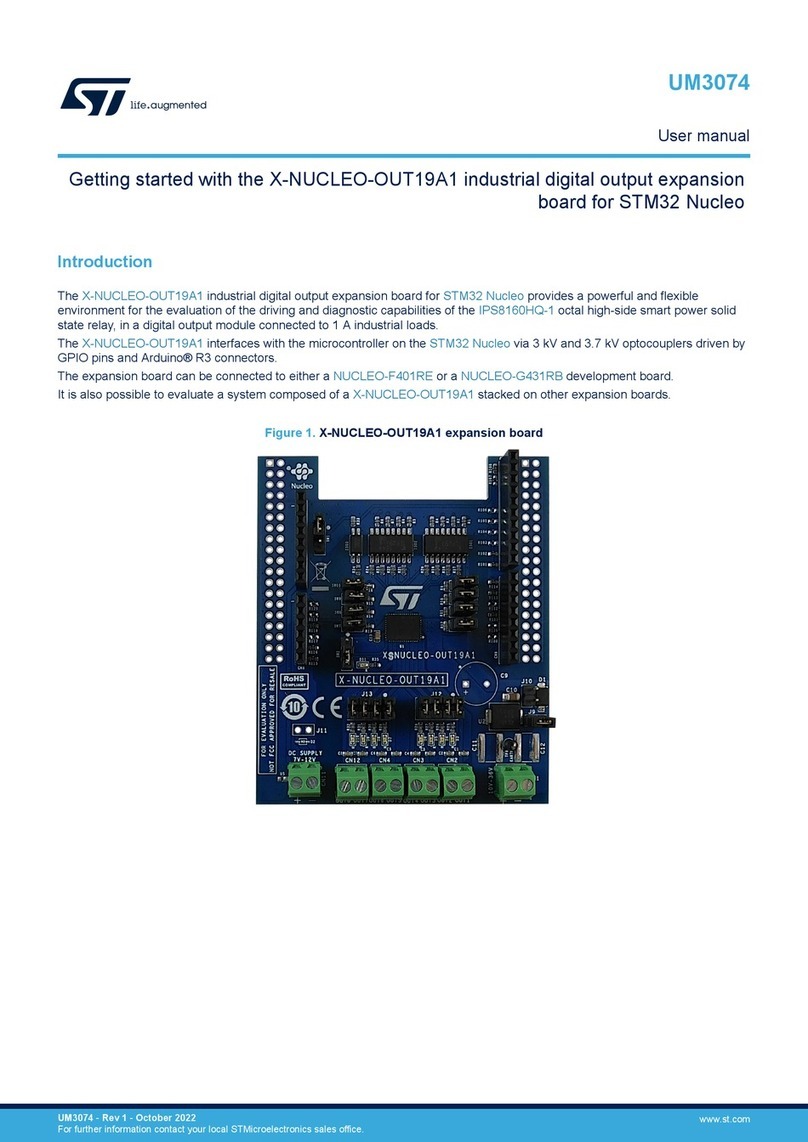
ST
ST X-NUCLEO-OUT19A1 User manual

ST
ST STM32MP157D-DK1 User manual
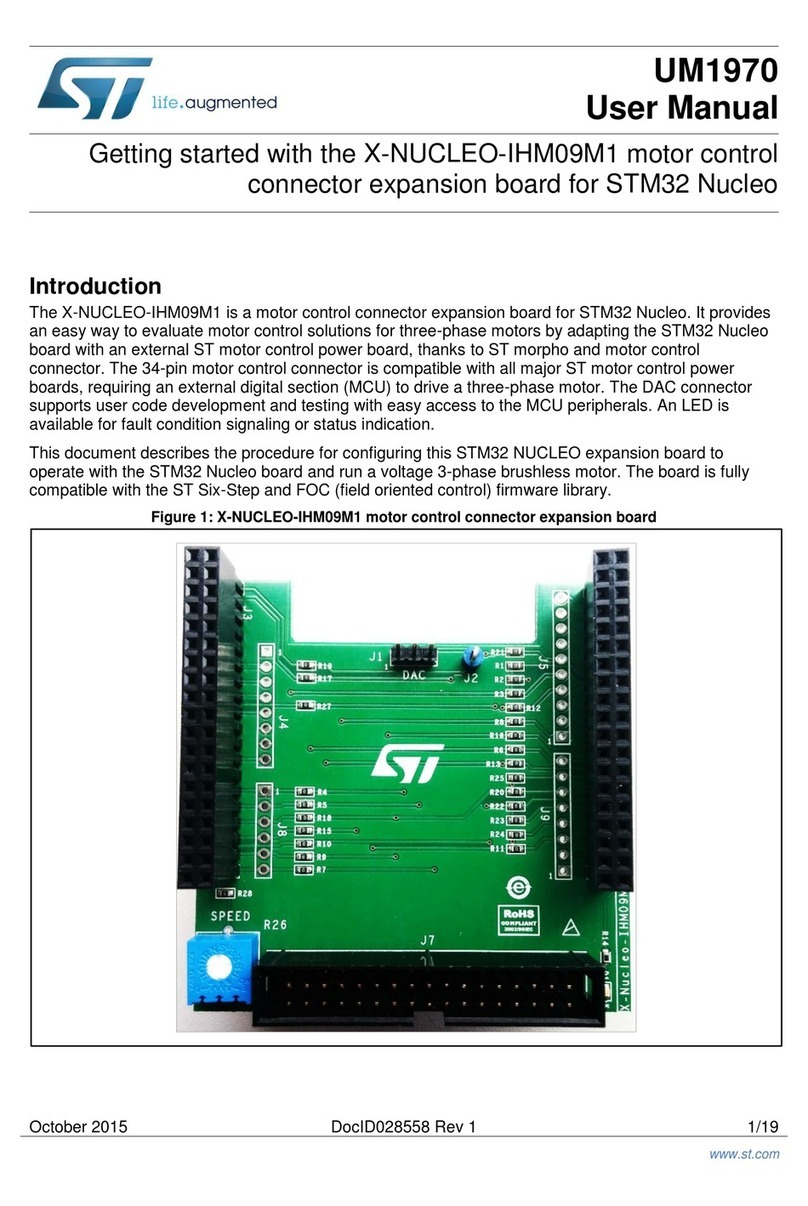
ST
ST X-NUCLEO-IHM09M1 User manual

ST
ST X-NUCLEO-53L3A2 User manual
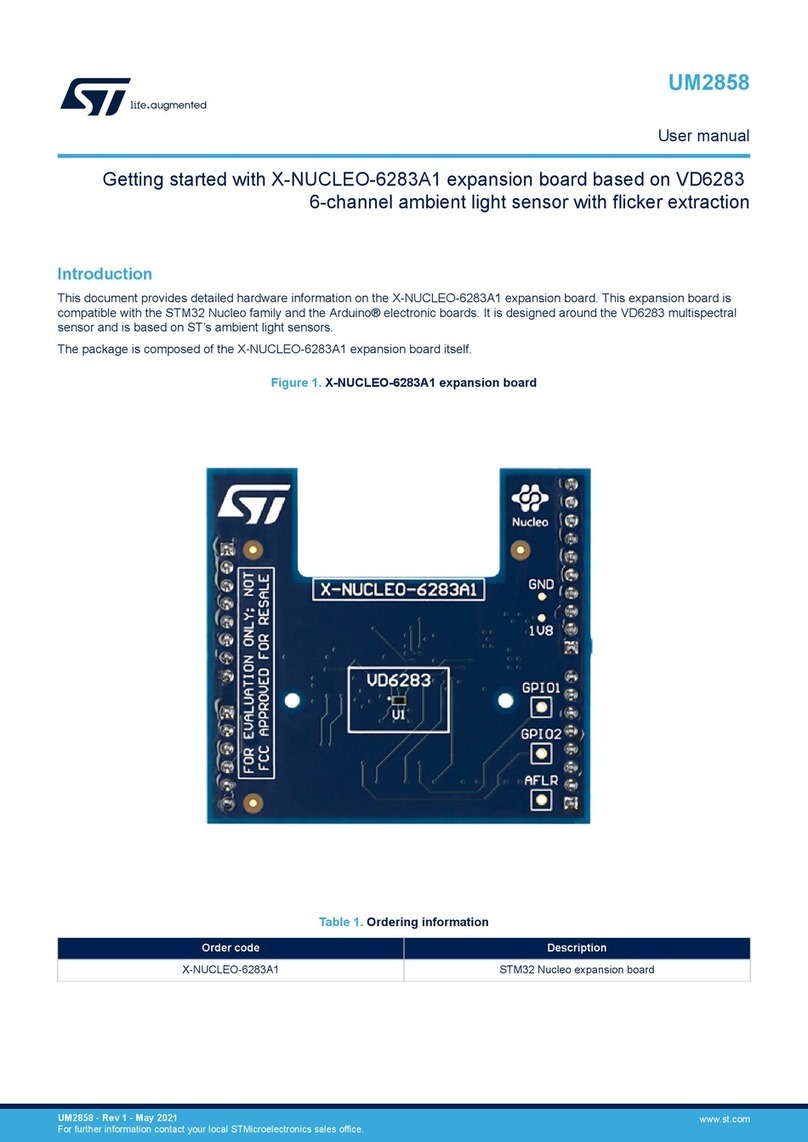
ST
ST X-NUCLEO-6283A1 User manual
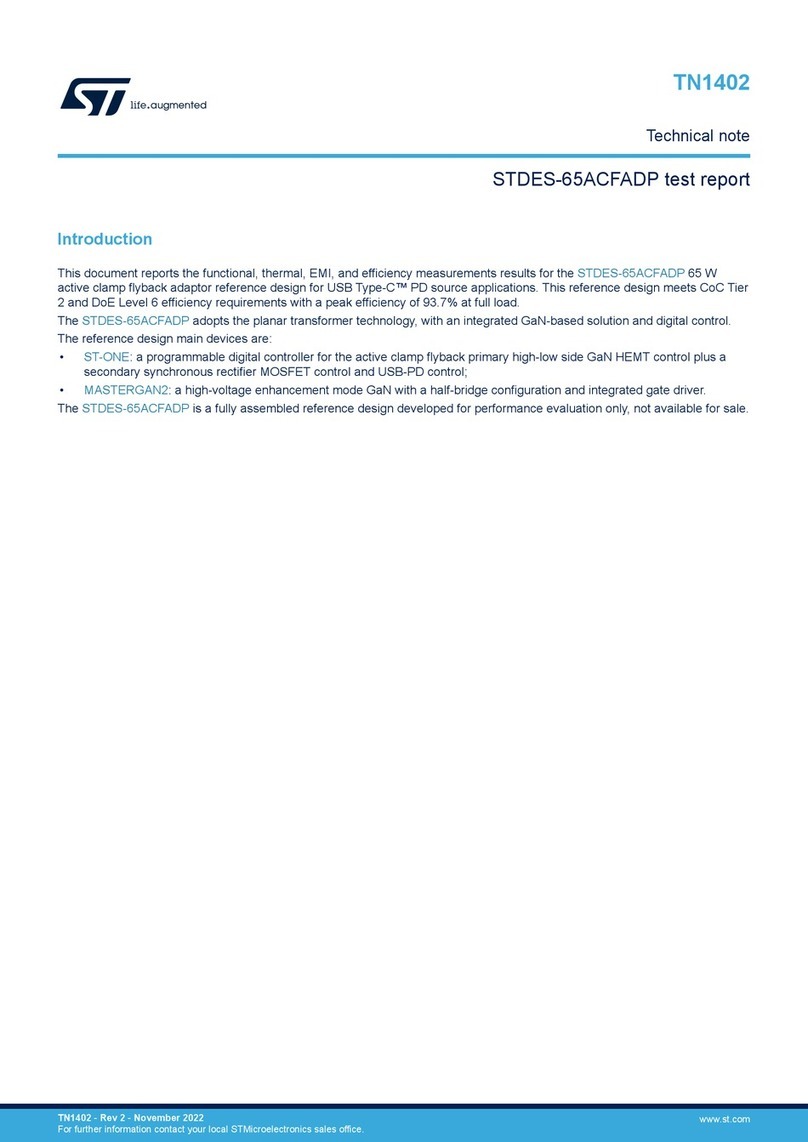
ST
ST STDES-65ACFADP Specification sheet
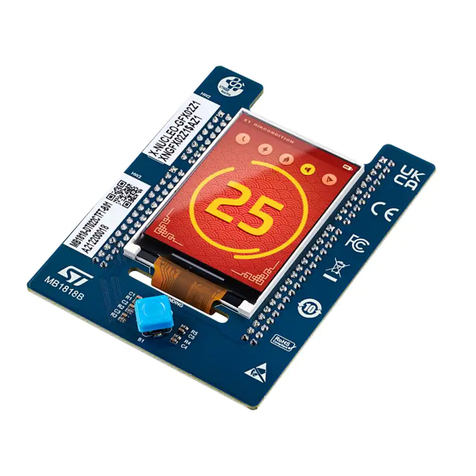
ST
ST X-NUCLEO-GFX02Z1 User manual
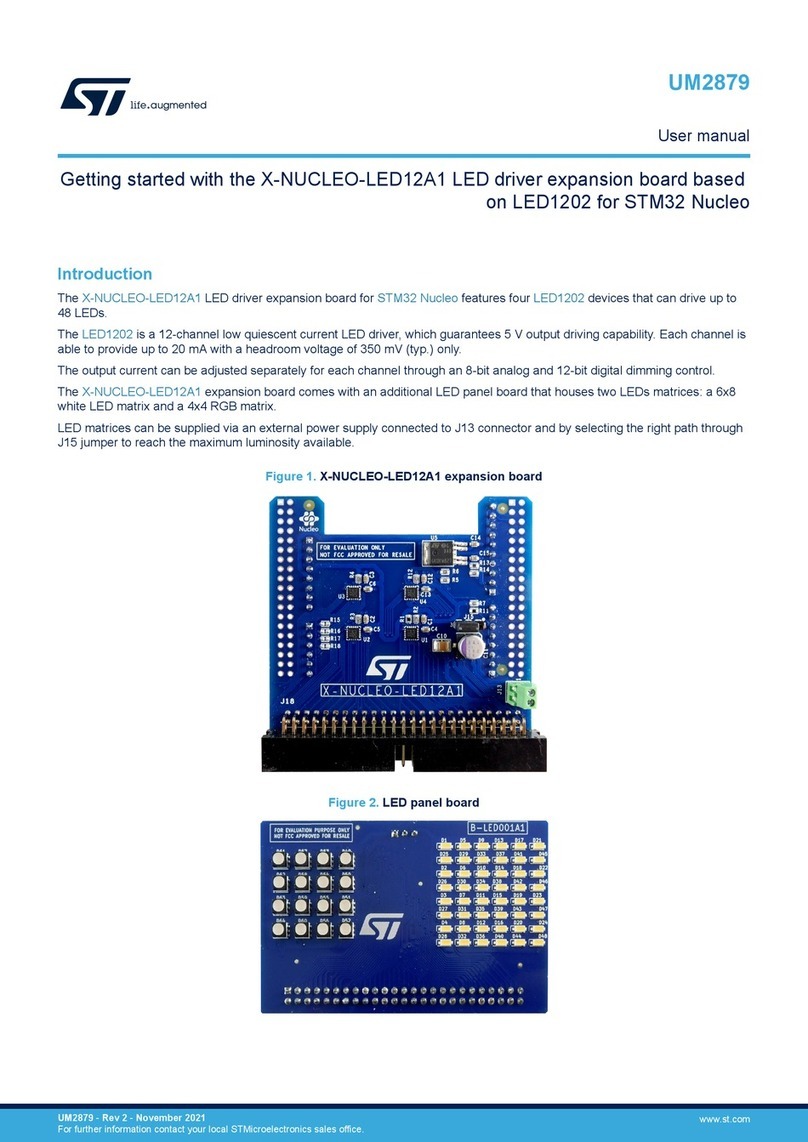
ST
ST X-NUCLEO-LED12A1 User manual

ST
ST STEVAL-ISF001V2 User manual
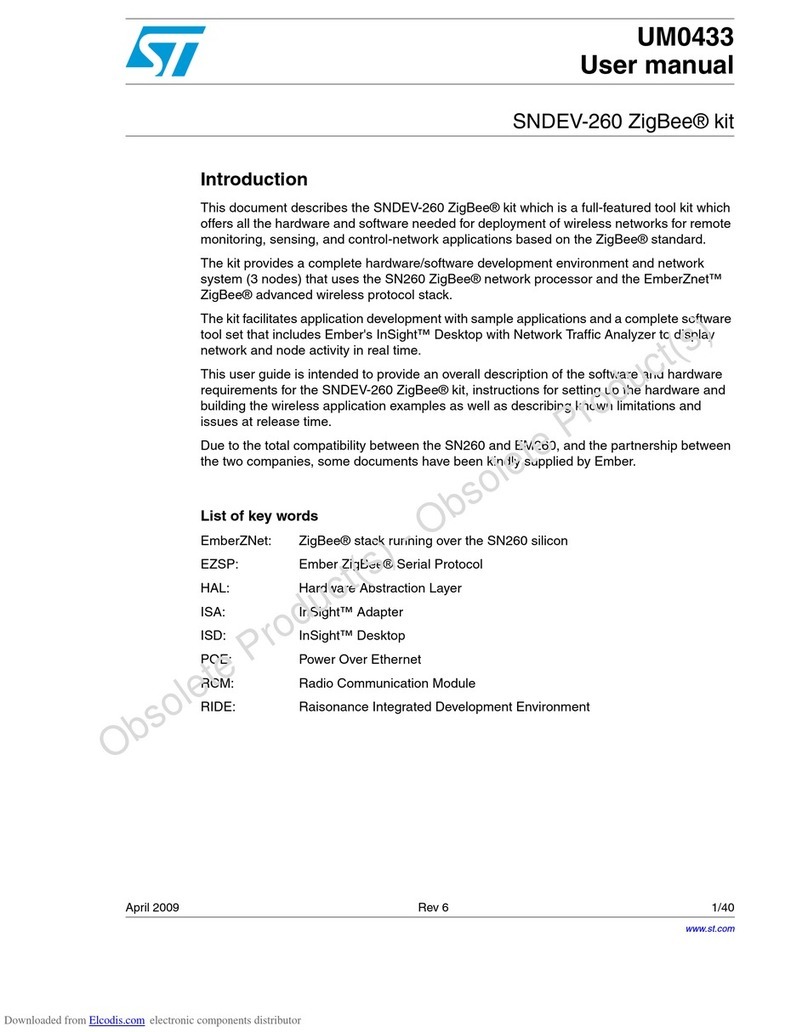
ST
ST ZigBee SNDEV-260 User manual
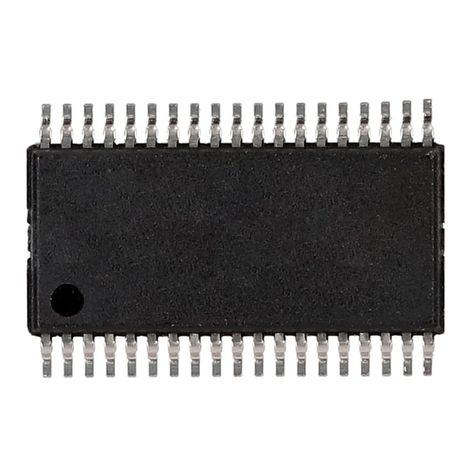
ST
ST HTSSOP38 User manual
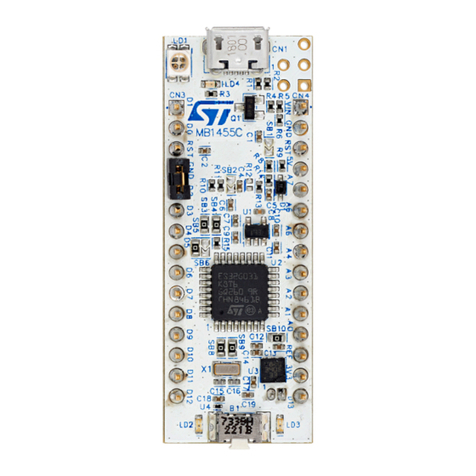
ST
ST STM32G0 User manual
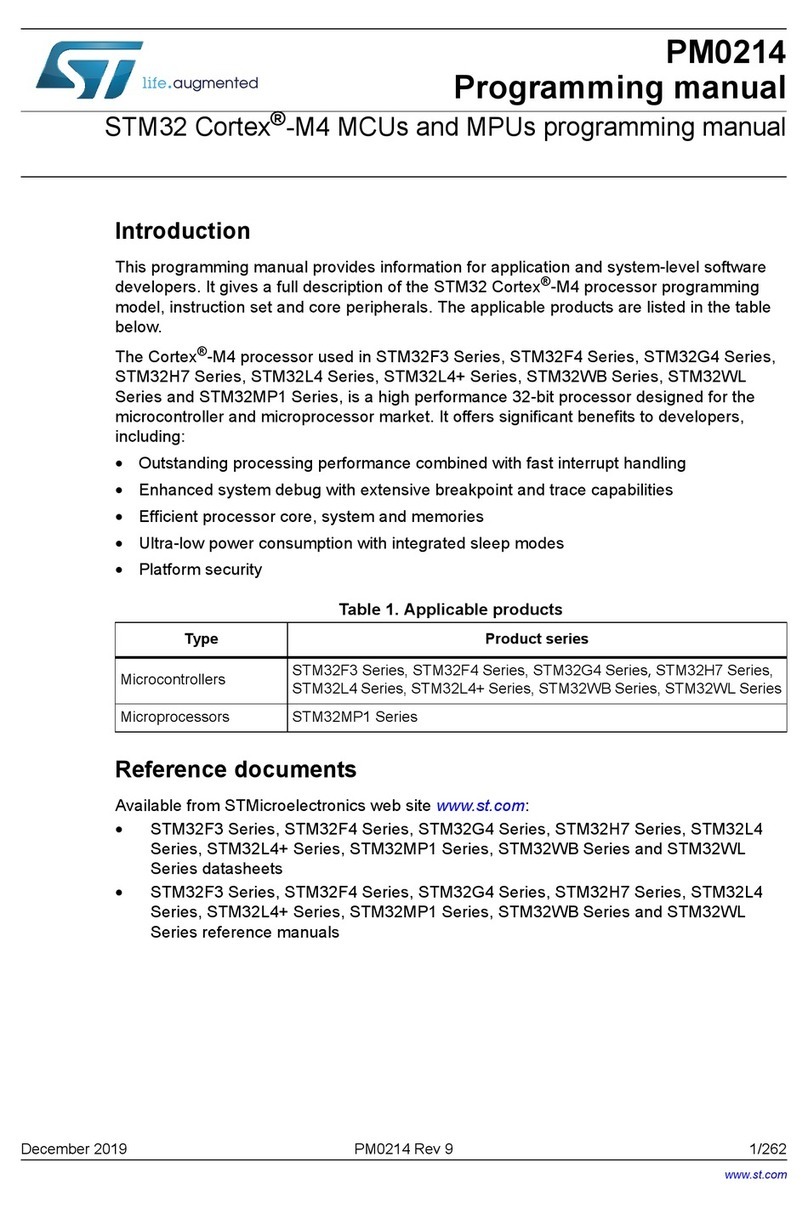
ST
ST STM32H7 Series Owner's manual
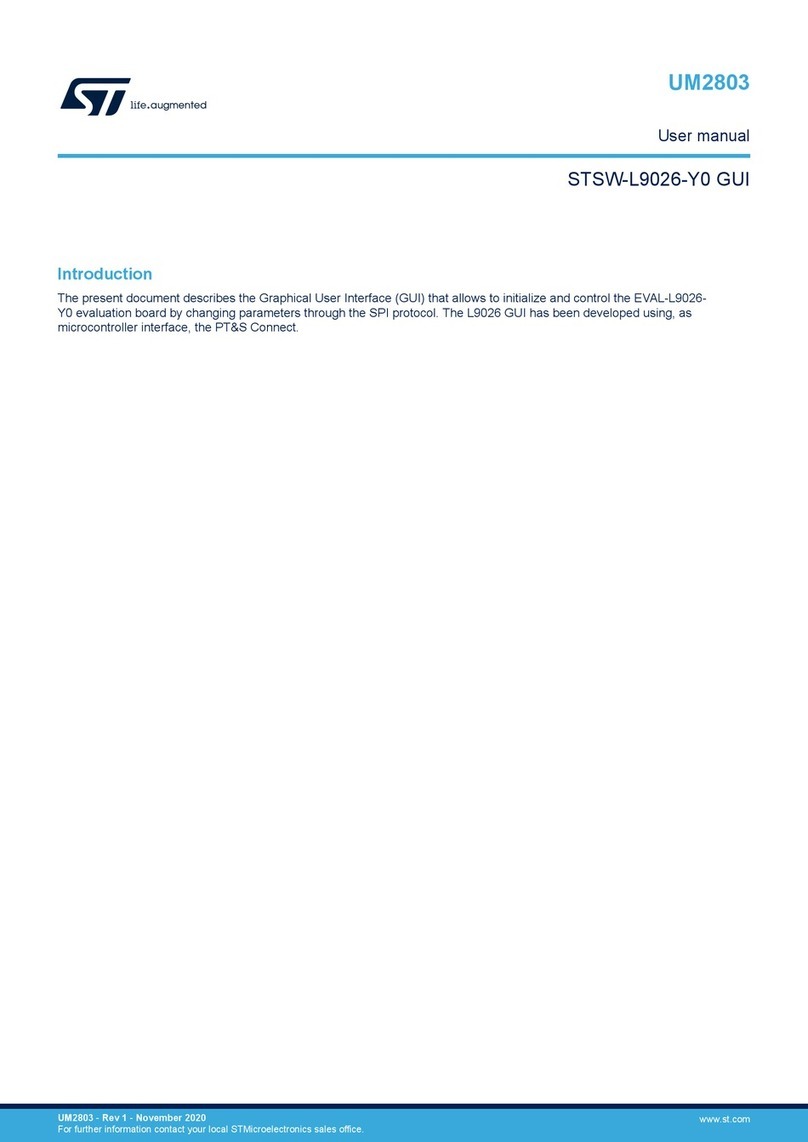
ST
ST STSW-L9026-Y0 User manual
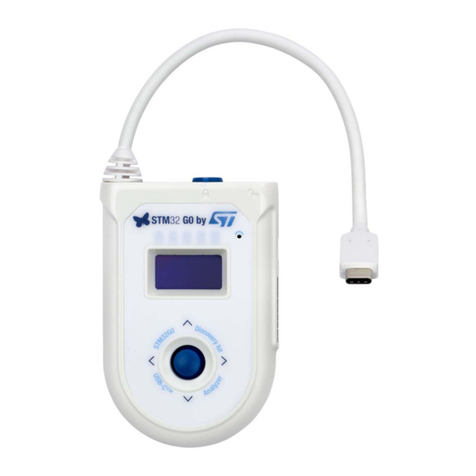
ST
ST STM32G071B-DISCO User manual
Popular Computer Hardware manuals by other brands

EMC2
EMC2 VNX Series Hardware Information Guide

Panasonic
Panasonic DV0PM20105 Operation manual

Mitsubishi Electric
Mitsubishi Electric Q81BD-J61BT11 user manual

Gigabyte
Gigabyte B660M DS3H AX DDR4 user manual

Raidon
Raidon iT2300 Quick installation guide

National Instruments
National Instruments PXI-8186 user manual

Intel
Intel AXXRMFBU4 Quick installation user's guide

Kontron
Kontron DIMM-PC/MD product manual

STEINWAY LYNGDORF
STEINWAY LYNGDORF SP-1 installation manual

Advantech
Advantech ASMB-935 Series user manual

Jupiter
Jupiter RAM PACK instructions

Measurement Computing
Measurement Computing CIO-EXP-RTD16 user manual
